An injury that involves visible blood can be among the most traumatic for a bystander to respond to. However, the effective control of bleeding by a first aid provider can significantly reduce the chance an injury can become life threatening.
What happens in a bleeding injury
Bleeding occurs when tissues are damaged, and reduces the oxygen-carrying capacity of blood. Heavy bleeding is likely if a major blood vessel is damaged. If heavy or uncontrolled, bleeding can quickly become life threatening.
Arterial bleeding is bright red and will often spurt from a wound. It can be difficult to control due to the pressure created by the heart’s contractions. If the blood is dark red and flowing steadily, it is likely coming from a damaged vein. Bleeding from a vein can be heavy.
Regardless of the source, all heavy bleeding must be controlled as soon as possible.
Clot-forming fibers naturally collect at a wound site to create a patch to stop bleeding. Severe bleeding can overwhelm this process and prevent clotting from occurring.
What to do for a bleeding injury
Activate EMS immediately for any heavy bleeding.
Bleeding exposes the provider to potentially infectious body fluids. Always use protective barriers, such as disposable gloves, to protect both you and the injured person. When barriers are not available, an injured person can provide self-care or a provider can use improvised barriers, such as a plastic bag.
Continuous firm and direct pressure applied to a wound is the best method for controlling external bleeding.
Wash minor open wounds with clean, running water, with or without soap, until all foreign matter has been removed. Apply firm, continuous, direct pressure to control any bleeding. If the person is not allergic to it, apply a triple antibiotic lotion or cream to speed healing and reduce infection. Cover the wound with a clean adhesive bandage or gauze pad.
A warning about tetanus
Tetanus is a severe and often fatal infection associated with open injury. A tetanus shot is recommended if a person does not know the date of his last tetanus vaccination, or if it has been 10 years since the last vaccination. A tetanus booster is recommended within 5 years for open injuries with a high potential for infection, such as dirty, ragged, or puncture wounds. If not current, a person needs to get a tetanus booster within 72 hours of injury.
Interested in learning more about responding to injuries? Get in touch with an ASHI or MEDIC First Aid Training Center near you and sign up for a class today!








.png?width=600&name=HSI-CTA-EmergencyCareTraining%20(1).png)











Comments